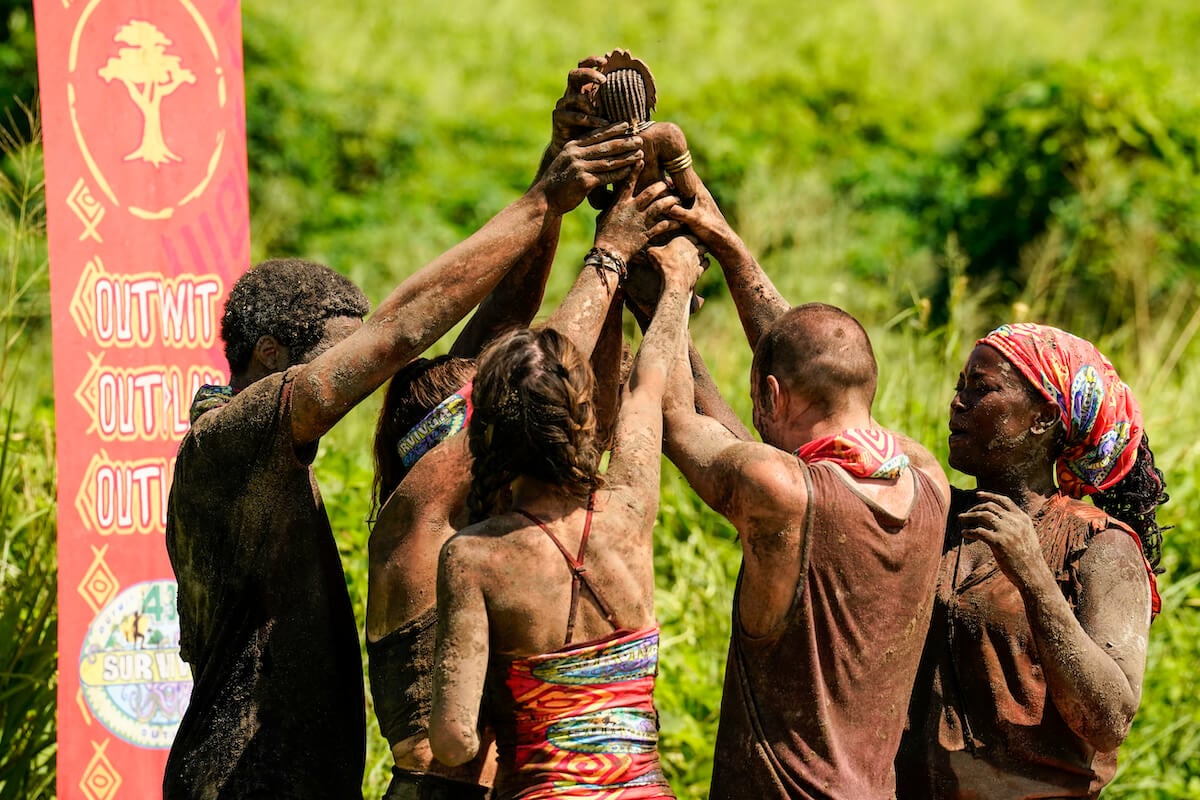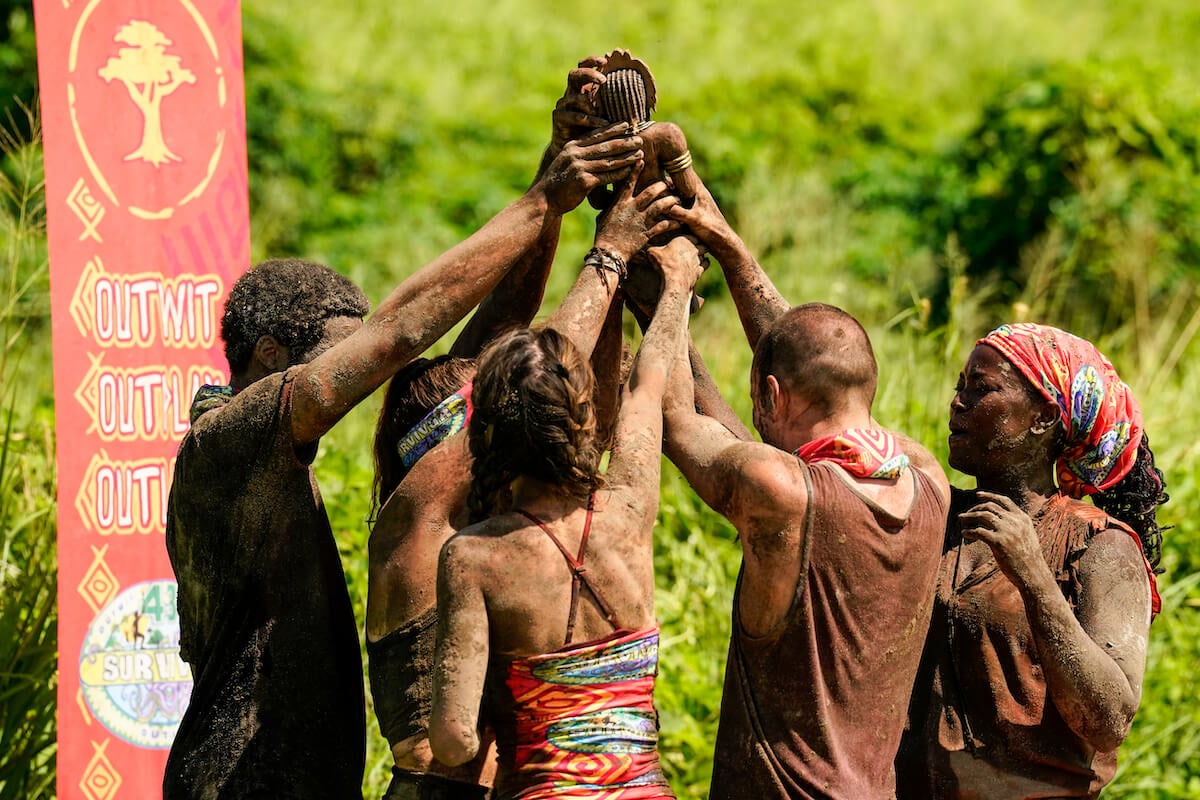
‘Survivor’: Jeff Probst Reveals Surprising Facts About the Show’s Challenges
In an age of flashier and more daring reality TV, Survivor has remained a staple in the genre. The series is now in its 44th season, which is set to wrap up in May 2023. For more than two decades, Survivor has brought drama and tough competition. And it’s all set against the backdrop of challenging natural conditions.
After so many seasons on the air, it can be tough to keep the show fresh and engaging. But host Jeff Probst shows that there are still some surprising facts many fans don’t know.
‘Survivor’ is known for its tough challenges

What has helped Survivor, well, survive when so many of the early reality TV series have come and gone? Without a doubt, the challenges in the series have helped set it apart and make it worth tuning into year after year.
As Collider reports, these challenges range from the simple to the complex. But each puts the contestants to the test in grueling and entertaining ways.
Some are simple endurance challenges like “This Much,” where a contestant stands with arms outstretched to hold two weighted discs in place using only their fingertips. This one is already a challenge on its own. But it’s simply diabolical when you add in the outdoor conditions that might include bugs crawling on your face and the sun beating down.
Another stamina-based challenge that uses tough outdoor conditions as a factor is “Get a Grip.” Competitors hang from a tall pole with only a few footholds for grip. Fans love this one, and some contestants have really risen to the challenge, remaining koala-like on the pole for more than two hours!
How does the competition show design its famous challenges?
Speaking on his podcast, On Fire with Jeff Probst, Probst digs deeper into the psychology behind these challenges and what goes into planning them. “Survivor is designed to test you in various ways,” Probst begins, “and it’s how you respond to those tests that we like to watch — the human behavior.” The challenges are one component of that testing.
Probst explains that the challenges are designed “from the point of view of the player.” The challenges are specifically orchestrated to either “highlight their strengths or expose their weaknesses.” The panel of speakers explored how these challenges provide information for tribe mates who are constantly judging and evaluating each other.
In this way, each Survivor challenge becomes something like an audition. The other players in the game are at the forefront of the participants’ minds — not those of us watching along at home from the comfort of our couch!
‘Survivor’ uses a checklist for challenges
The panel goes on to explore how the challenges function as a metaphor for the micro-society the show aims to build. Those who help their teams win the challenge are like hunter-gatherers who brought home food for the group to eat. Those who fail are the ones who demonstrate themselves to be unreliable providers.
Probst reveals that there is a “basic checklist” that goes into creating these challenges. Each challenge must have at least one of the following:
- A physical requirement where you are pushing yourself by climbing or crawling or swimming
- A mental component where your brain is involved
- Mind over matter, where it’s you against you
The discussion turns to how the challenges have changed over the years. More modern challenges have gotten bigger in size and in terms of how the players have been physically pushed to the limit. Probst illustrates those changes with a simple but telling example. “Ten years ago, we would have given you a wooden ladder to get up a 15-foot tower. Now, you have to make a human ladder.”


